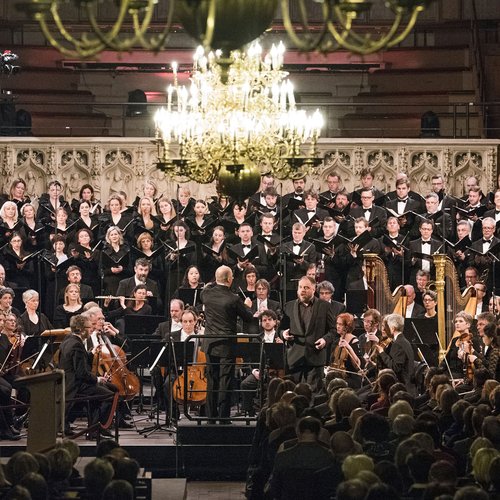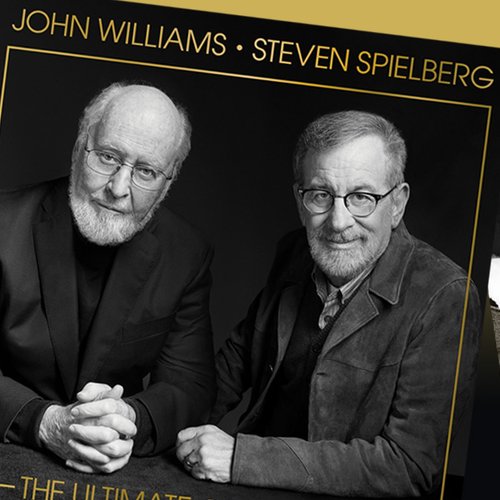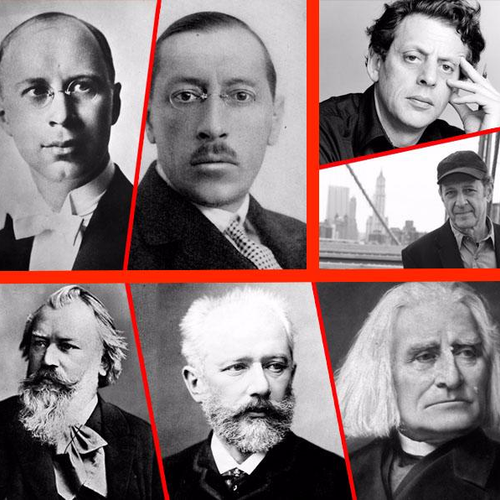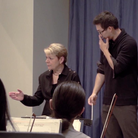Brahms Symphonies: where to start
Johannes Brahms was one of the romantic period's most conflicted musical characters, and his symphonies are the perfect way to find out why...
The image of Brahms the curmudgeon with his hands firmly behind his back is how most people see this most quietly influential of composers. But particularly in his symphonies, this image is proven to be a complete myth. Few symphonic composers have done so much with so few works, but Brahms four symphonies have lasted through the centuries thanks to their verve, their freedom and their complexity.
But it didn't start off quite like that…
Symphony No. 1 in C minor (1876)
If any one composer in history was hyped to breaking point, it has to be Brahms. For a variety of reasons, he was seen as the natural successor to Beethoven, whose legacy cast a long shadow over the 19th century. Basically, everyone was expecting Brahms to pull out the big guns and follow Beethoven's Ninth Symphony.
So when Brahms took 21 years to come up with the goods (he began sketches for the work in 1855), expectation was high. The conductor for the symphony's premiere, Hans von Bülow, even referred to it as 'Beethoven's Tenth', a term which has stuck. It's true that there are quotes and references to Beethoven work within the symphony, but it's more of a homage than a case of plagiarism. As Brahms himself commented, "any ass can see that."
Symphony No. 2 in D
After the nightmare of expectation and hype that surrounded Brahms' first symphony, you might expect the second to contain some of the composer's most melancholic work. In fact, it's surprisingly light and airy, some say with a similar character to Beethoven's sixth symphony, the 'Pastoral'. It's a breeze to listen to, with the first movement especially full of sweeping melodies to whistle along with.
In a show of brilliant self-awareness, Brahms wrote to his publisher in 1877 upon delivery of the second symphony, describing the work with his tongue firmly in his cheek as, "so melancholy that you will not be able to bear it."
Symphony No. 3 in F
By 1883, Brahms was on a roll. He'd had major successes with his violin concerto, his piano concertos and his Academic Overture, but the third symphony was something else. It's a brave monster of a work, with rapidly changing character and some more of those huge, sweeping melodies.
Give the third movement a go - it's often used on television and in film, and it has a rather peculiar sadness to it. Even Frank Sinatra thought so when he borrowed the tune for his song 'Take My Love'. Have a listen to both of them below:
Symphony No. 4 in E minor
With his final symphony, Brahms again nods to Beethoven on several occasions. As the likes of Liszt and Wagner (who by this time had passed away) set about decrying the old guard of older composers, Brahms ignored most of the developments around him and shamelessly, confidently looked backwards for inspiration.
That's why the fourth symphony ha such a strongly classical symphonic feel. There are adventures and experiments within it, but there's also a huge amount of Bach and, yes, more Beethoven. The final movement takes one of Bach's Cantatas as a starting point, but fills it with incredible darkness and drama - a late thrust at romanticism from Brahms the traditionalist?
The truth is that Brahms might have been tarred with the brush of conservativism, but there are gentle hints that there were far more exciting things going on underneath, if only listeners would bother to find them. Few areas of his work display this more than the four symphonies. Take them on, one at a time, and you'll want to uncover all of their mystery.












